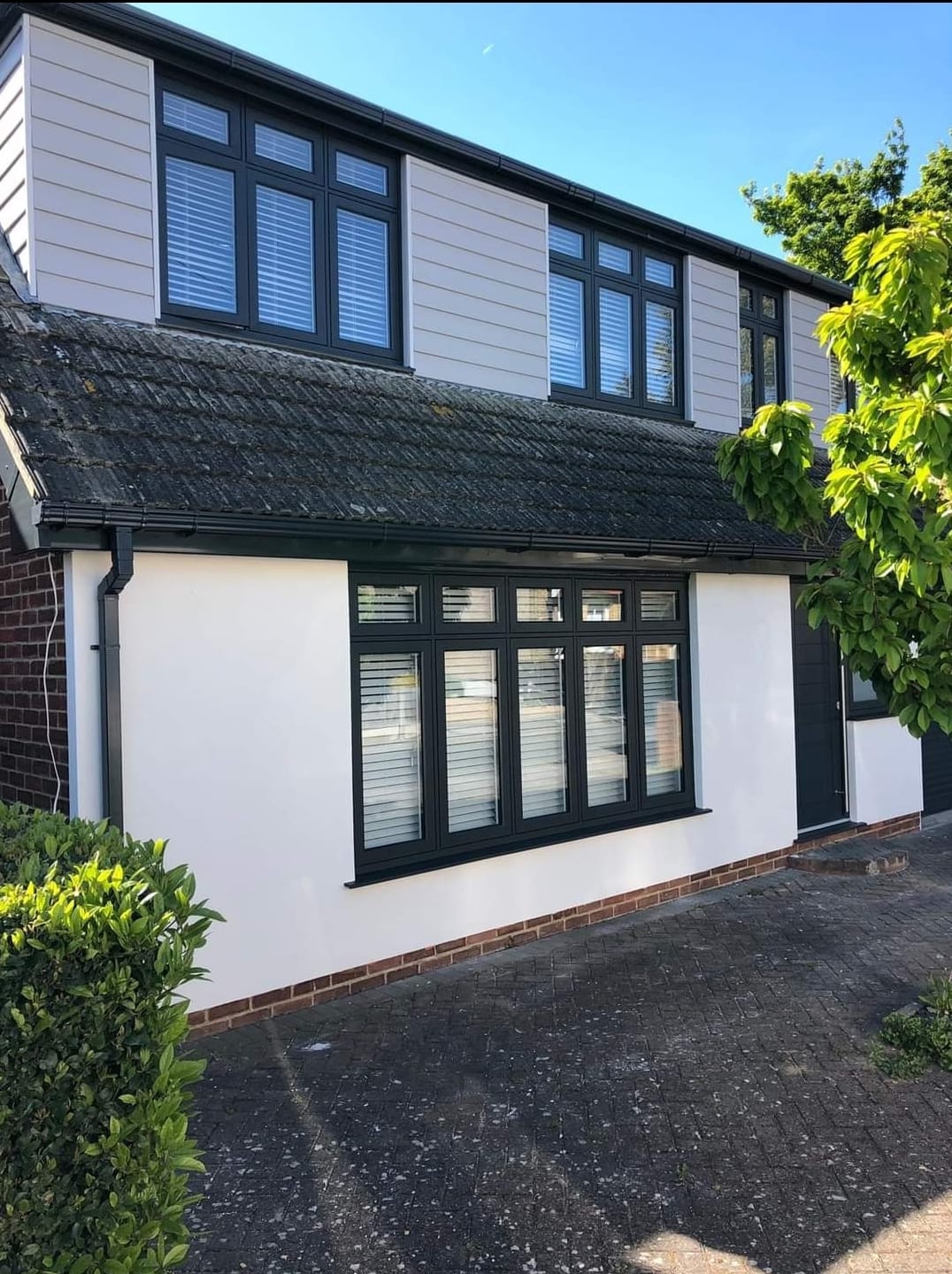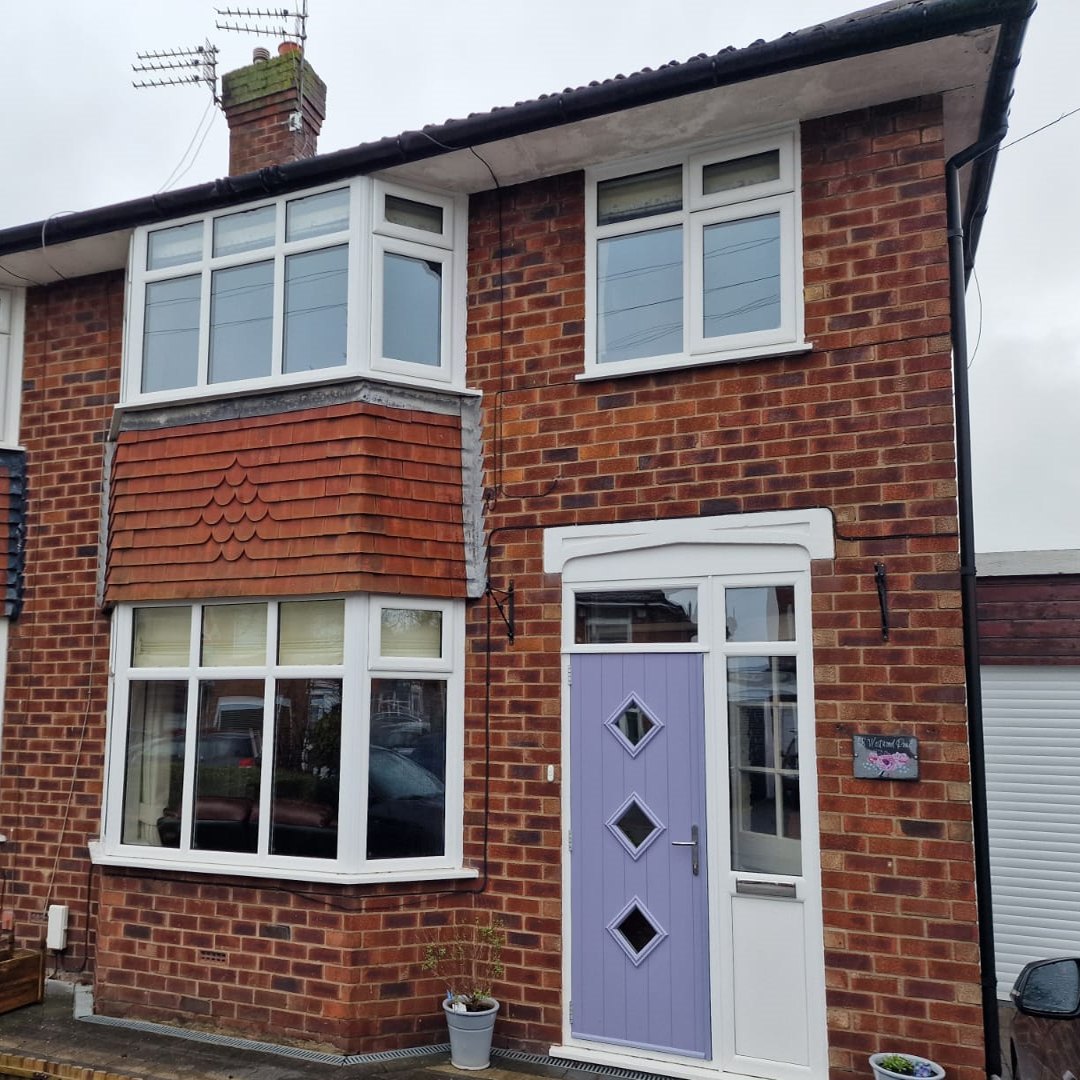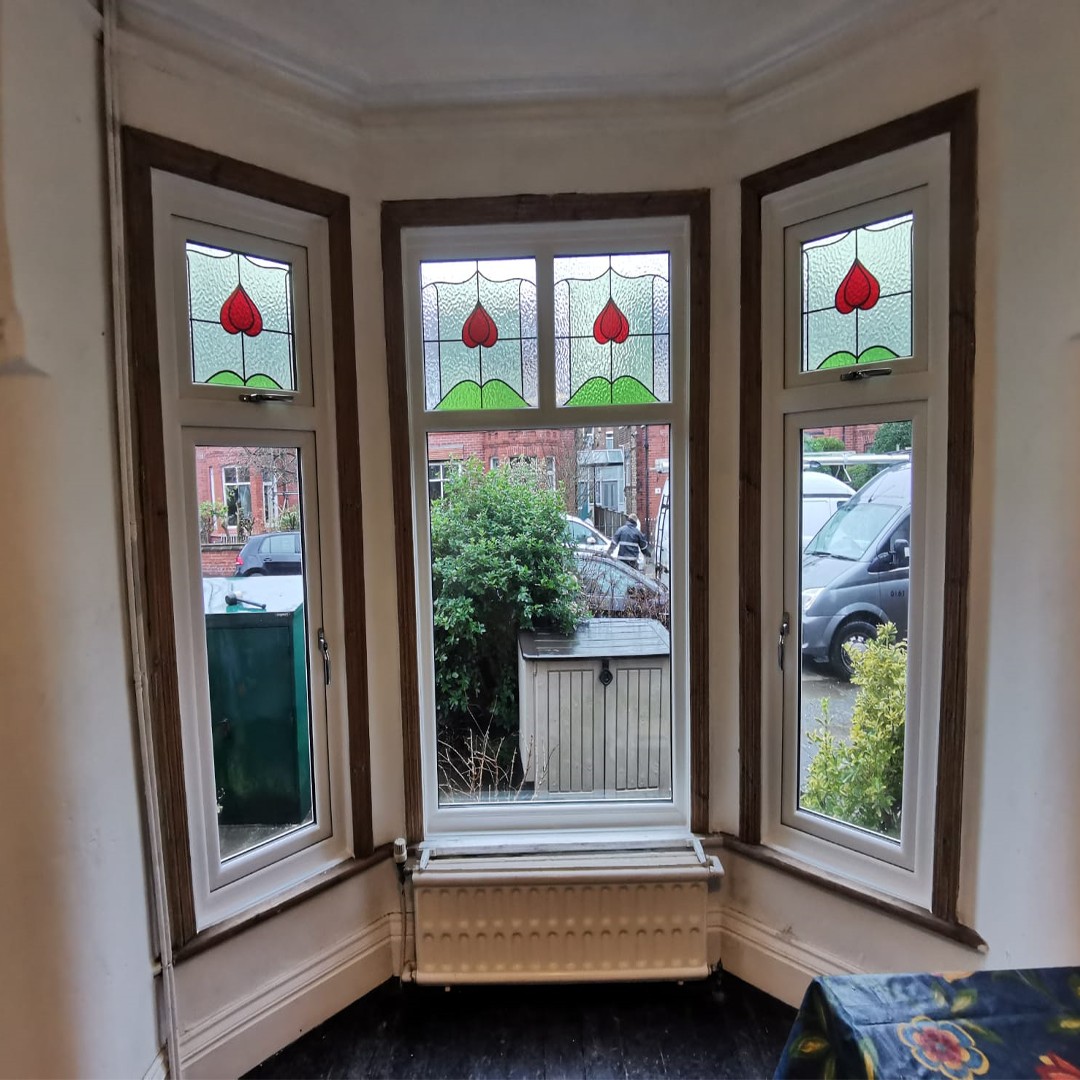Aside from the cost, one of the main reasons homeowners are reluctant to replace their windows is the perceived mess and disruption.
The idea of having holes in your walls until the installation is complete, plus the dust and debris that comes with any building work is enough to put some people off.
Sometimes, this means they live with inadequate windows for far longer than they should. For example, sticking with single-glazing or below-C-rated windows despite their lack of energy efficiency, security, and eco-friendliness.
Not only do the benefits of replacing your windows with double, triple glazing or higher-rated units far outweigh the downsides but the mess and disruption can be minimal if managed effectively.
In this blog, we’ll outline how to ensure the process is relatively hassle-free.

What Does Window Replacement Involve?
Knowledge is power, and knowing what a window replacement involves may help you feel more comfortable.
- Find a fitter: The first step is to choose a reputable window installer in your area. You should get quotes from at least three companies/fitters to compare. This will help you understand the associated costs, lead times and labour involved. Also, look at customer reviews when making your decision.
- Site visits: To create these quotes, the fitters should each conduct a site visit. They will assess your requirements and talk through some options with you. Your location, ease of access, and the size and style of the windows will all affect the price.
- Confirm installation dates: Once you have reviewed the quotes and decided on a fitter, you need to confirm the installation dates. You may need to pay a deposit at this stage, which will have been included in your quote. Stay in contact with your fitters in the run-up to installation day and let them know if anything has changed since their site visit.
- Installation: Your fitters will prepare the area and get to work as quickly and efficiently as possible. They will remove the old window, and prepare the space for the new glass/frame. You should stay out of the way as much as possible. However, it is polite to offer drinks periodically, particularly on a hot day. Once the installation is complete, the fitters will clean the windows and remove any debris from the area.
Complete payment and receive your FENSA certificate: Once your final payment has cleared, your installer will issue your FENSA certificate.

Potential Mess and How It’s Managed:
Mess caused by a window replacement can include dust, debris, paint chips, wood shavings, dirt and plaster. Most of the mess is caused by removing the internal or external trim, which can damage plaster inside or brickwork outside. Our fitters will do this as carefully as possible but some damage may still occur.
Professional window fitters will fit windows from the outside whenever possible, to reduce the mess inside the home. They will use dust sheets and drop cloths and may plastic wrap the frame after removing the old window before installing the replacement. They will sweep up outside and vacuum inside before giving your new windows a final clean to remove any fingerprints.

How long does it take to install windows?
Installation times vary depending on the size, style, number of windows and the ease of access. If the frames are damaged, that could increase the time, too. On average, it takes between one and five days to replace all the windows in a standard-family home. Secondary glazing, where a second pane of glass is added to existing windows is a much quicker job and can be completed in a few hours in some cases.
Tips for Homeowners to Prepare:
Move furniture out of the room
No matter how clean and considerate your installer is, there is some unavoidable mess generated when replacing windows. Move as much furniture out of the rooms where your windows are being fitted as possible before installation day. You should also take blinds or curtains down and remove ornaments, paintings and wall hangings to prevent them from getting damaged.
Cover up the rest
For anything that cannot be moved, invest in some large dust sheets or plastic furniture covers to prevent the mess from spreading and any damage occurring. This includes the outside areas beneath your windows.
Create a clear path
To minimise mess, you need to make sure the workmen have a clear path to the windows (inside and out). It is also a good idea to ensure they can reach a bathroom and a sink without causing too much disruption. Again, use dust sheets to cover carpets or hardwood floors to prevent damage.
Keep pets and children away
A window replacement turns the area into an active building site and can be dangerous for pets and children. Aside from getting in the way, they can breathe in dust and track dirt and debris through your home.

Professionalism in Window Installation:
A professional window fitter, such as ours, will do their best to minimise mess and disruption. Our fitters take pride in their work and that includes causing as little stress as possible to our customers. We bring dust sheets with us and always clean up after ourselves, to leave your home free from dust and debris.
Our fitters are FENSA-approved and will provide you with an insurance-backed guarantee for your windows and installation. This means that should there be a problem down the line, we will fix it for you. If your installer has ceased trading, you can submit a claim to your insurance provider.

Should you replace all your windows at once?
Generally, it is not advisable to replace all your windows at the same time. As mentioned, window replacement is messy and requires large spaces to be cleared or covered with dust sheets.
If you were to replace all your windows at once you would need to put much of your furniture in storage. It is much more difficult to keep children and pets out of the area if most rooms are off-limits.
There is also the disruption of having holes in the walls until the windows are replaced to consider, and the draughts they cause.
On the other hand, you must weigh the pros and cons of potentially saving some money on labour and the uniformity of replacing all your windows together versus the flexibility of a long-term payment plan and gradual window replacement.
If you go for the second option, start with the rooms where new windows are most important.
One exception to this rule is if you were to replace all the windows in a new property before moving in. That way, you would not have to move furniture or clear rooms. You could also leave any redecoration until the window replacement was complete.
The costs of replacing your windows
The price of windows depends on the following factors:
- Window type
- Frame material
- Size
- Number of windows
- Colour/finish
Your location and the ease of access can also factor into the cost.
The average cost of replacing a window can be anything from £325 – £2,000 so you need to think carefully about your requirements and budget.
Window Type | Average Cost |
UPVC window | £325 |
Grey UPVC window | £350 |
Aluminium window | £475 |
Aluminium sliding window | £665 |
Timber casement window | £925 |
Sash window | £1,300 |
Timber sash window | £1,490 |
Bay window | £2,000 |
Conclusion
Although window replacement is a messy and disruptive undertaking, most homeowners find the benefits greatly outweigh the temporary discomfort. New windows can help you to lower your heating bills and your carbon footprint. They can help with noise pollution, insulation, security and ventilation. Replacing your windows can also increase your property value.
How We Can Help
Our professional team of in-house fitters are the best people to install our windows. All our installers are FENSA-approved and can issue a FENSA certificate once the job is complete.
If you would like further information, please don’t hesitate to get in touch.




